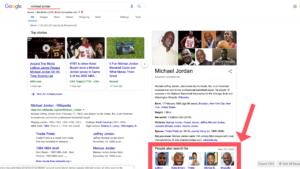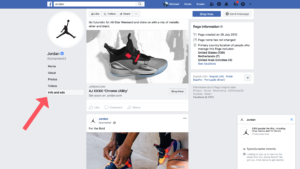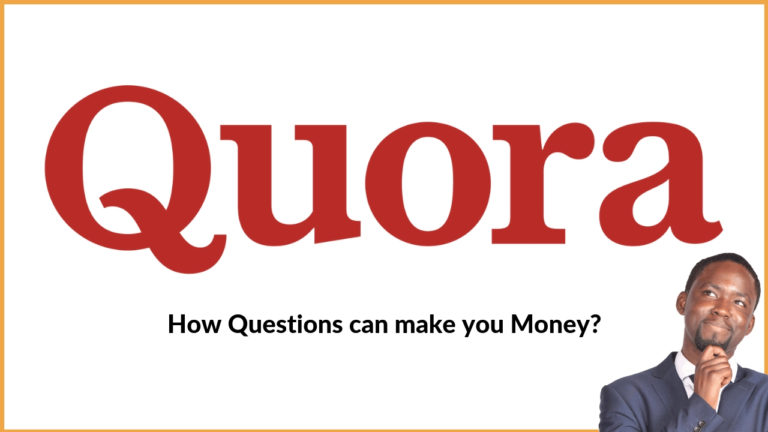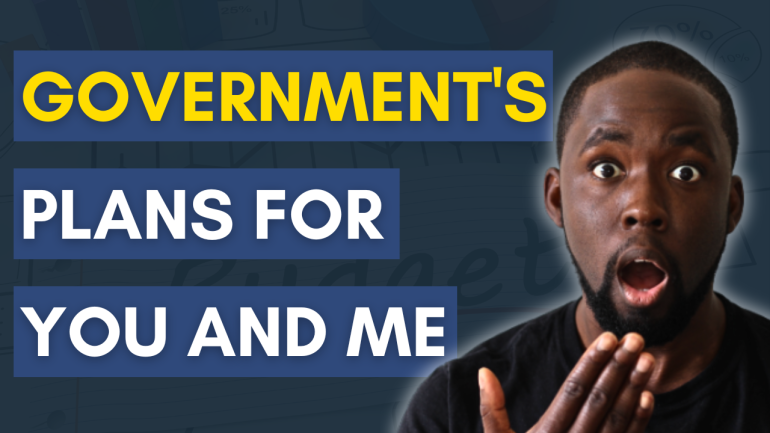7 Steps to Improve Your Competitive Intelligence
Competitive Intelligence is the ability to acquire skills and knowledge about a specific industry. In this instance, it is about knowing, understanding, analysing and evaluating information and data about your competitors. The idea is that this information will give you a head start of what you need to do, and determine the gaps in the market. Rather than starting from scratch you can model and learn from your competitors, and iterate where necessary. More and more people need to get into this mindset, and they’d probably afford fewer problems with starting a business. This article will address how you can do this as an online expert with a personal brand.
When checking out your competitors take note of their funnels and how they are organised. Make a list of all social and online assets that they have created, as well as any products and services they market. Observe carefully what they post, the frequency and the level of engagement they get. I would also have an understanding of their entrepreneurial journey, just so you know fully what may be ahead of you.
Find your leaders
The first thing you need to do is to brainstorm a list of different leaders within your niche. Write a list of as many people as possible and keep this list in an excel spreadsheet or Google sheet. Once you have a list, you then want to search their name into Google. When doing this you’ll realise for some people a profile will be generated on the right-hand side. At the bottom of this profile there is a section that reads “People also search for,” and it highlights people associated to Michael Jordan. This will either correlate to your original list or add to your list. Of course, there are some instances where the people displayed are not relevant to your niche. In the example below, if you were in the basketball niche, his wife and Michael B Jordan would not be relevant.

Check out their websites
Next, you want to check out their websites and observe some of the following stuff:
- Structure and elements of their menu – What is in their menu bar?
- The design of their website – You can find out their website theme by right-clicking> Inspect> Ctrl + F> Search for Theme, and find the theme they are using
- Their main call-to-action – What is this person inviting people to do on their website? What is their lead magnet?
- How they are capturing new email leads – What mechanisms are being used to increase their leads?
- Their blog topics and titles – Check out their blog section and see what they are publishing and how often they are doing so
- Any products and services – Record their prices and what is on offer
- Other pages that demonstrate their authority – What other pages do this? Testimonials? About? Media?
Do you need to keep all your observations in a table, no. Is it advisable, yes! Track all your observations and thematically analyse everything until you come up with the main themes for all sites observed. This starts to create your competitive intelligence.
Facebook Pages
The next step to your competitive intelligence is to create a new worksheet on your Excel workbook or Google Sheet. Then copy and paste the list of thought leaders in your industry into column A. This sheet will focus on Advertising. Go to Facebook and type in the name of the first thought leader. In this example, we have been using Michael Jordan. Go to his page, and on the left-hand side click on “Info and Ads.” If asked too, select the country that you want to check the Ads for. Note the following:
- The Style of Headline for the Ads i.e. “How to…” “How I…” “What if I told you…” – this will give you a flavour of how they are positioning their brand
- Whether they are using short, medium or long copy text
- If the media image is a single image, single video or carousel of either or
- If it is a video, what is the video style/format and what is the structure of the video?
- What button is being used and subheadline text supporting it?

Landing Pages
Now that you have analysed all Ads for your different competitors, it’s time to check out their landing pages. When you click on their Ad, it should take you to a page that offers you something of perceived value. This could be a video training, webinar, audiobook or 30-min phone call consultation. Again, observe the key themes on their landing page including:
- The headline used
- Size of the headline
- Any subline headlines used
- Descriptions and Bullet points of benefits
- Media used such as video and/or images
- Testimonials
- Background information
- Legal documents at the bottom of the page
- Colour theme of the page
- Colour of the buttons and its descriptions
- Call to actions
When I originally did this, it made it so clear what I was doing wrong and how I can create something that my market is used to seeing.
Social Media and Content
In order to develop trust and create a relationship with a cold or your warm audience, you need to develop content. This content comes in the form of social media posts, articles, podcasts and videos. The nature of this content will involve how to information, opinions, comparisons and contrasts, top 10s, documentary-style content, interviews and keynotes. This is all evidence that position one as an expert.
Your task is to observe what social media platforms they use, the content they publish and how often they publish this content. The same applies to other online mediums they use to share content. Now, in many circumstances, you may not be able to match the outputs that they produce but focusing on a few may be sensible. An example of this may be to focus on YouTube and Podcasting, and distributing this information natively and in context to your social media platforms and website. Also, be cognisant of what of the type of copy (descriptions) used, as well as the hashtags and meta descriptions used.
Determine their framework
In order to get a competitive advantage, you also want to know what framework they are using. Check out their values, philosophies and concepts on their social and online platforms. In addition, check out any books or long articles they have explaining their concepts. If they have a course or service they offer, check the contents of what they are offering. Does this fit with your niche and is it something you can model? I’m telling you, the more you do this, the better you’ll understand what you need to focus on.
PR and Events
And lastly, to improve your competitive intelligence, attend events in your niche pay careful attention to the follow:
- The format of the event
- Structure and flow of the event
- Content used
- The audience demographic
- How it was promoted
- Where the venue is based
- Operational processes and arrangements on the day
- The frequency of the events held i.e. weekly, monthly or quarterly
These are all ideas you can use to help you determine what you should do. Furthermore, you want to be aware of the type of PR they are getting. Think about other events they are speaking at, the interviews and shows they are invited to, as well as any charities or groups that they are part of that help boost their profile.
Final Words
Keep everything logged on one Excel Workbook on different sheets, and more importantly, pick up the patterns and themes that generally come up. You also want to think about opportunities and gaps in the market that you can exploit. Understand that your purchasing power may not be the same as these influencers, however, focus on the tasks that matter. Determine what activities bring create the most value exchange fastest, and mirror those activities for your brand.








2 Comments
Comments are closed.